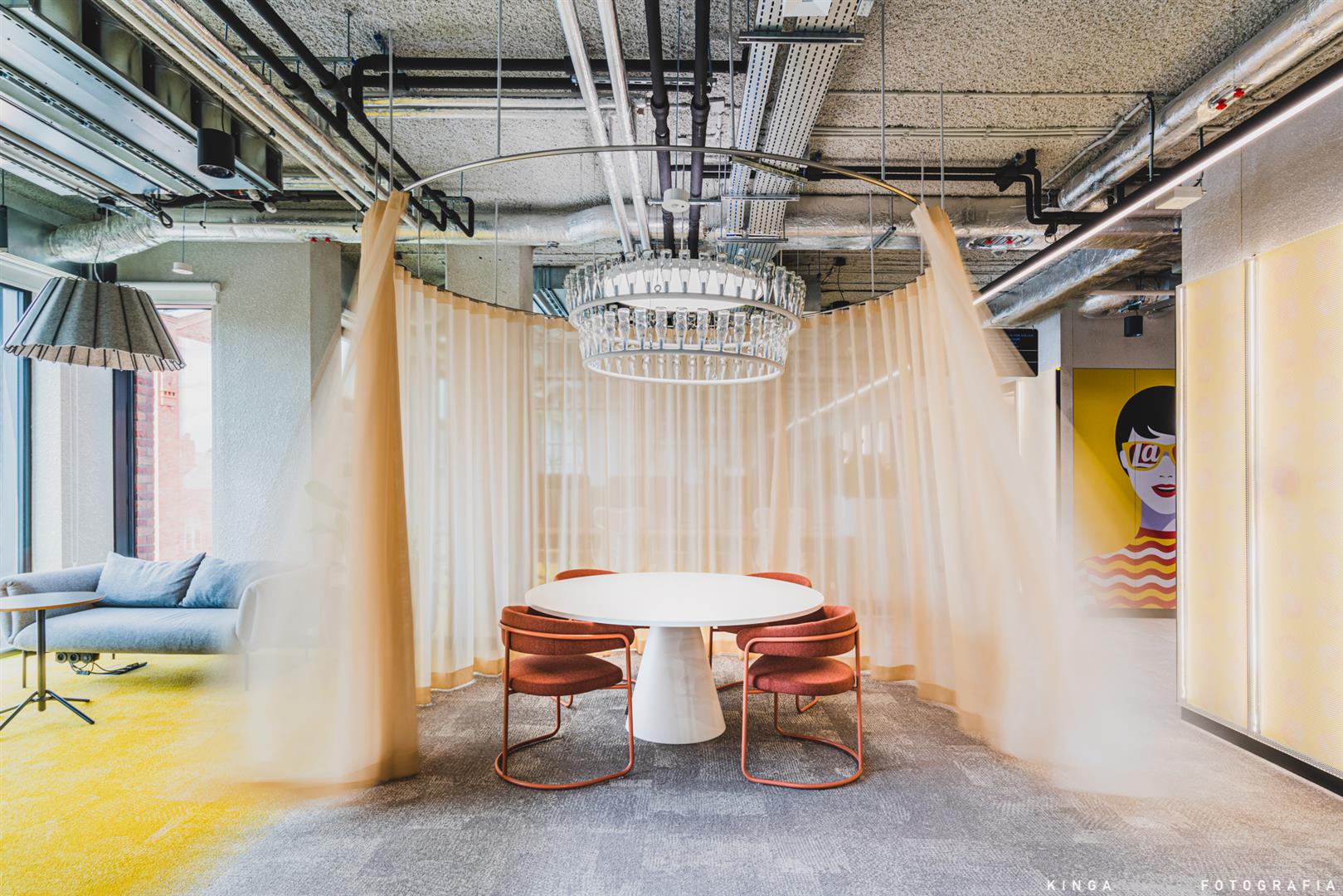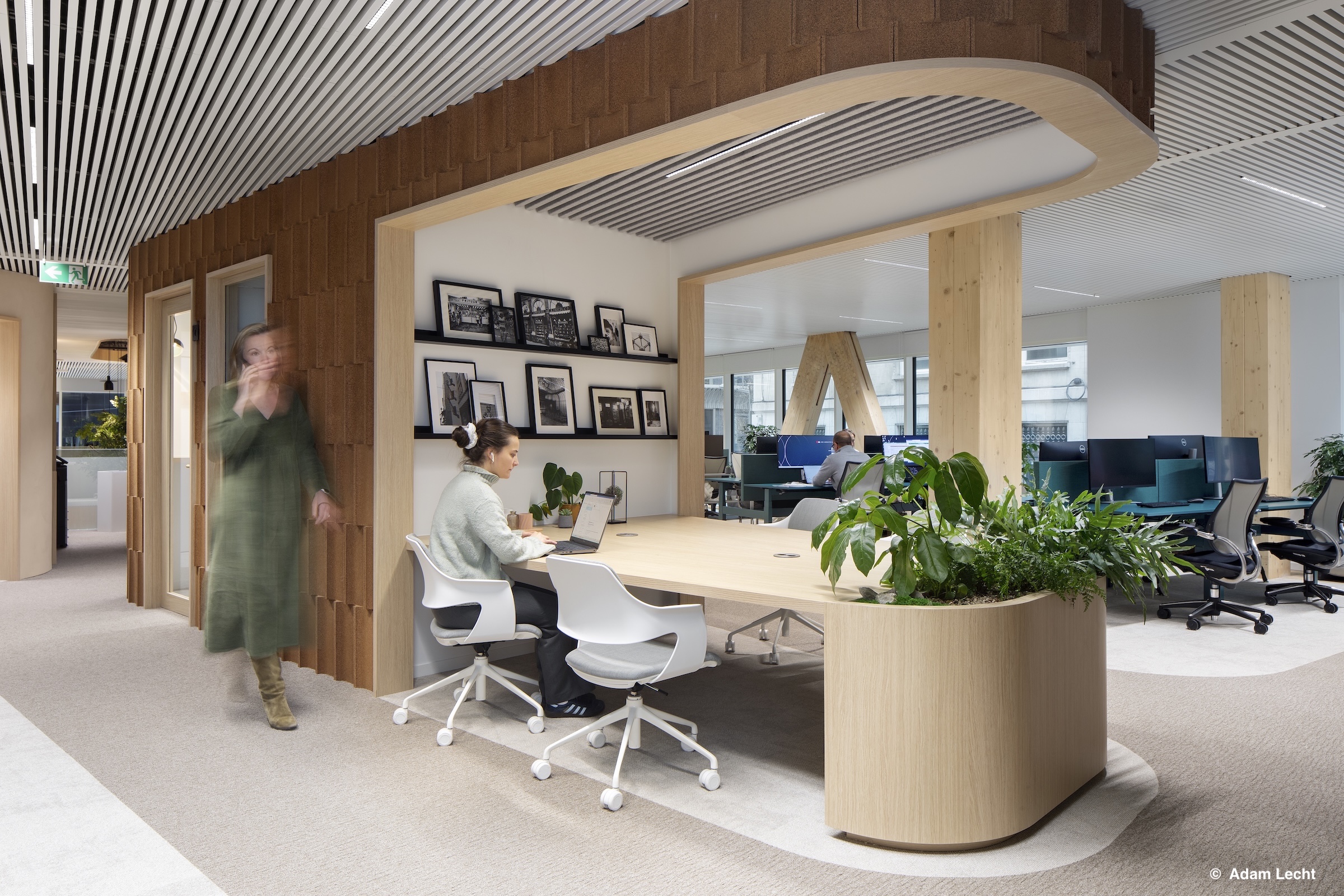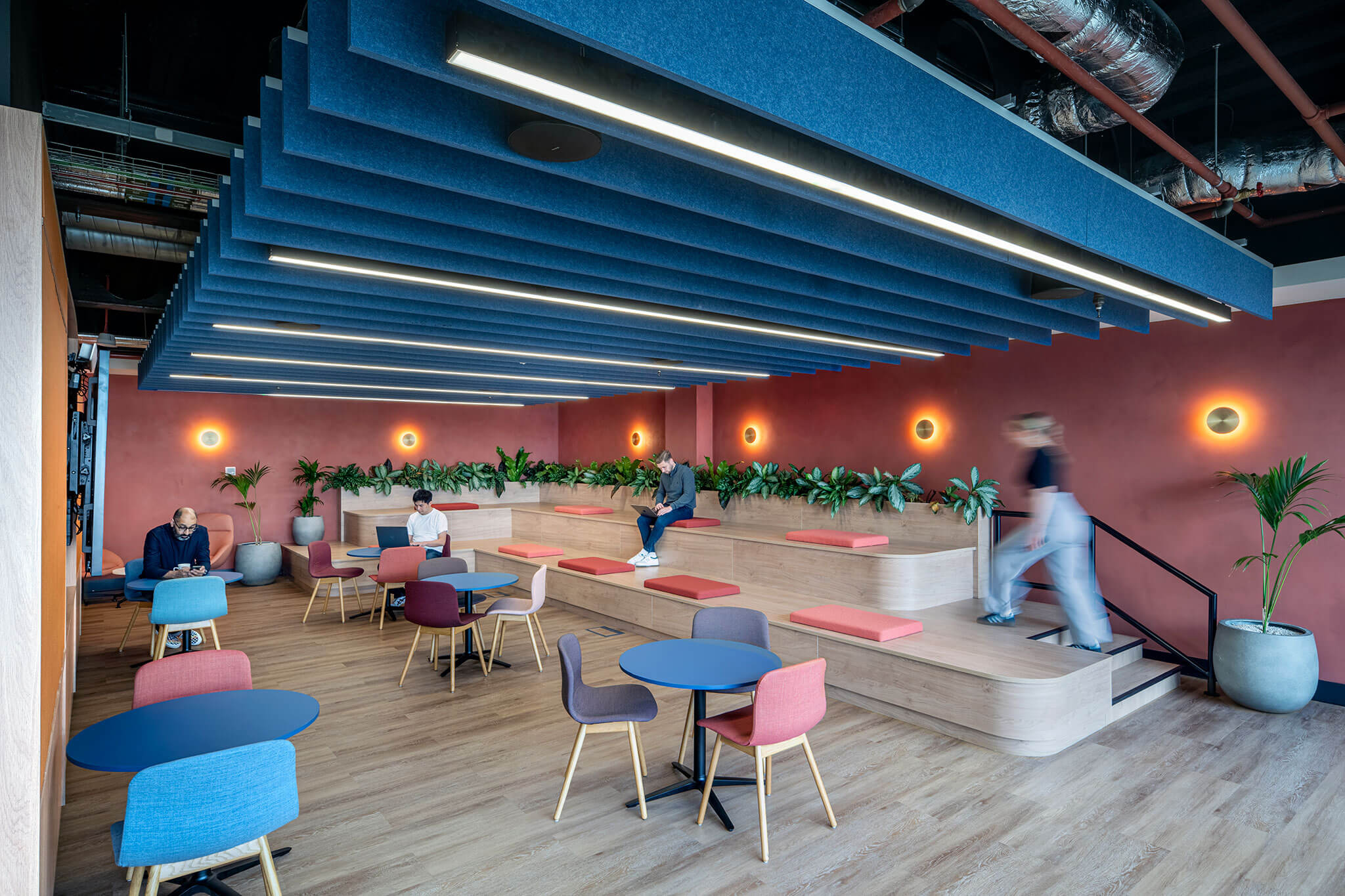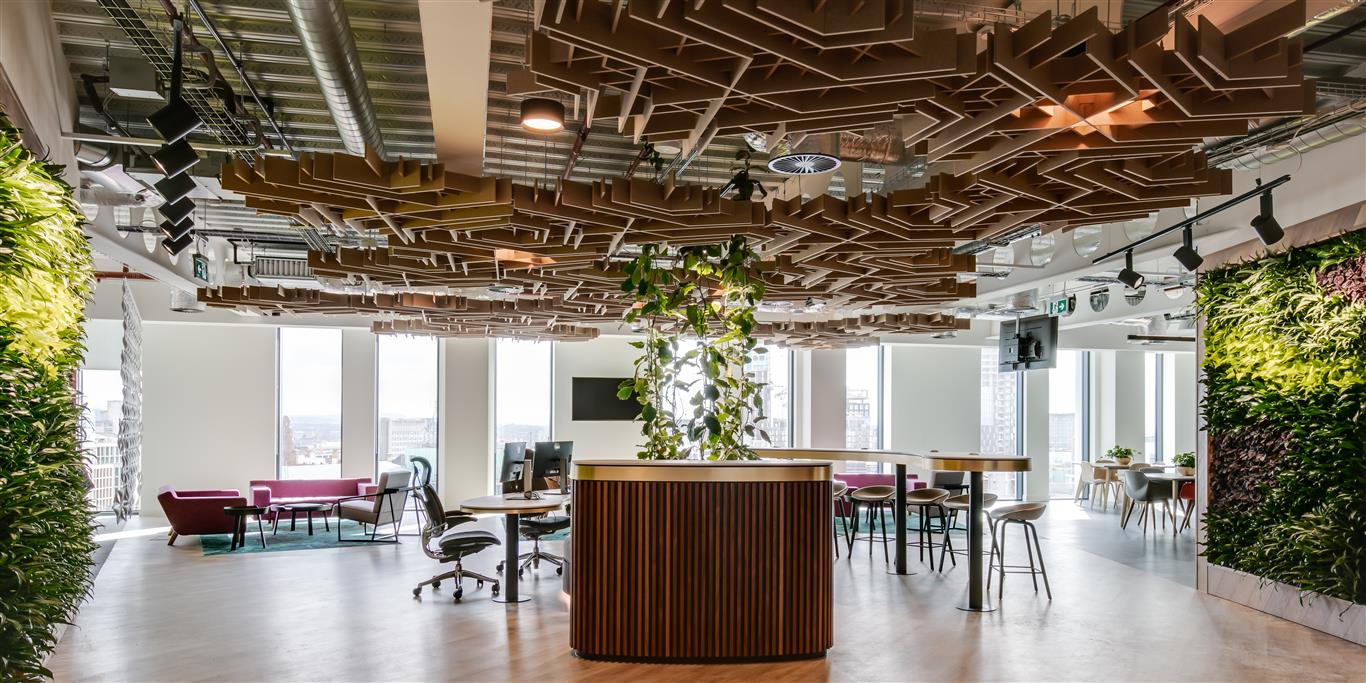How full is your office these days? For many, hybrid work and fluctuating office attendance have transformed bustling workplaces into half-empty spaces that can feel more like ghost towns on certain days of the week.
Seven in ten businesses say under 60% of their office is utilised, with 39% of companies reporting office utilisation levels under 40%.
Empty offices can erode company culture as employees miss opportunities to connect with each other, including the spontaneous interactions that increase engagement. It can also reduce operating efficiency and inflate utility costs as unused space continues to require maintenance and incur expenses.
Yet simply downsizing the office can negatively affect employee performance if the space doesn’t support their different workday needs. Here are five ways to turn a ghost town office into an oasis that draws employees in:Enter post contents
1. Adapt to new employee needs
Hybrid working has changed what employees need from the office.
For 63% of employees, socialising with colleagues is a key reason to come into the office, while 55% cite productivity. Meanwhile, virtual collaboration accounts for 23% of their in-office time.
Workspace that accommodates these diverse needs will help attract employees into the office.
Flexible furniture solutions offer a space-efficient way to integrate both collaborative space and individual workstations. Modular furniture or movable partitions can create spaces that are adaptable to employee needs throughout the workday.
To support remote collaboration, meeting spaces might be upgraded with digital whiteboards and brainstorming tools, with VR headsets and AI meeting assistants for more streamlined online interactions.
2. Deepen occupancy data for space planning
Detailed data on how your employees use workspace is crucial to make the right adjustments for reenergising your office environment.
Already use badge data to identify peak times for office occupancy? Occupancy sensors throughout the office will paint a richer picture of how and when different spaces are used.
These insights can highlight quick wins for turning underused space into areas that meet employee needs. For example, four in ten companies are incorporating easy-to-install features such as pods and semi-enclosed booths, which add space for focus work or informal meetings.
To avoid empty floors or sections, AI tools for facilities management can predict future occupancy and adjust workspace allocations, consolidating employees so that in-use areas feel livelier.
3. Invest in community-building
A strategically designed office is just part of the equation – the simple presence of people can be an equally compelling reason for others to come in.
Team-building activities and social events can create new opportunities for employees to connect and network, increasing their sense of belonging and making it more attractive to work from the office.
Investing in community-building efforts is essential to strengthening these employee connections. According to JLL research on approaches to hybrid working, 25% of companies have a community manager or site concierge, with a further 16% considering it. Line managers can also be trained to develop community, such as by promoting collaboration during in-office periods.
4. Enhance office hospitality
The office now competes with the comforts of home in attracting employees to come in.
Incorporating elements of hospitality to support wellbeing and personal needs can boost the appeal of the office. Amenities such as a barista at reception, entertainment areas or a parents’ room not only help employees manage work-life balance but also foster interaction beyond work tasks, helping build community.
A working environment that supports employee wellbeing – such as with a gym, outdoor space or healthy food options – can also engage people with the office. For example, JLL’s Regenerative Workplace research found that one-third of employees lack access to health and wellbeing amenities – but when such services are available, 60-70% of employees use them weekly.
5. Create more inclusive spaces
Designing the office to support diverse work styles and neurodiverse needs can significantly enhance employee engagement.
This could involve quiet areas away from office noise, along with customisable light and temperature controls, giving employees greater control over their environment. JLL research highlights that acoustic comfort, ability to do focus work, and sound privacy are the most critical gaps in today’s workplace experience.
Varied workspaces for individual work and collaboration – such as library zones and informal meeting areas – can further enrich the workplace experience. Simple changes like increasing natural light and adding greenery can boost mental wellbeing in the office. The key is to understand what different employees need to perform their best.
In an increasingly flexible, hybrid working environment, this human-centric design approach is essential to truly engage employees, transforming ghost town offices into thriving workplaces.

Do you have a project we can help with?



